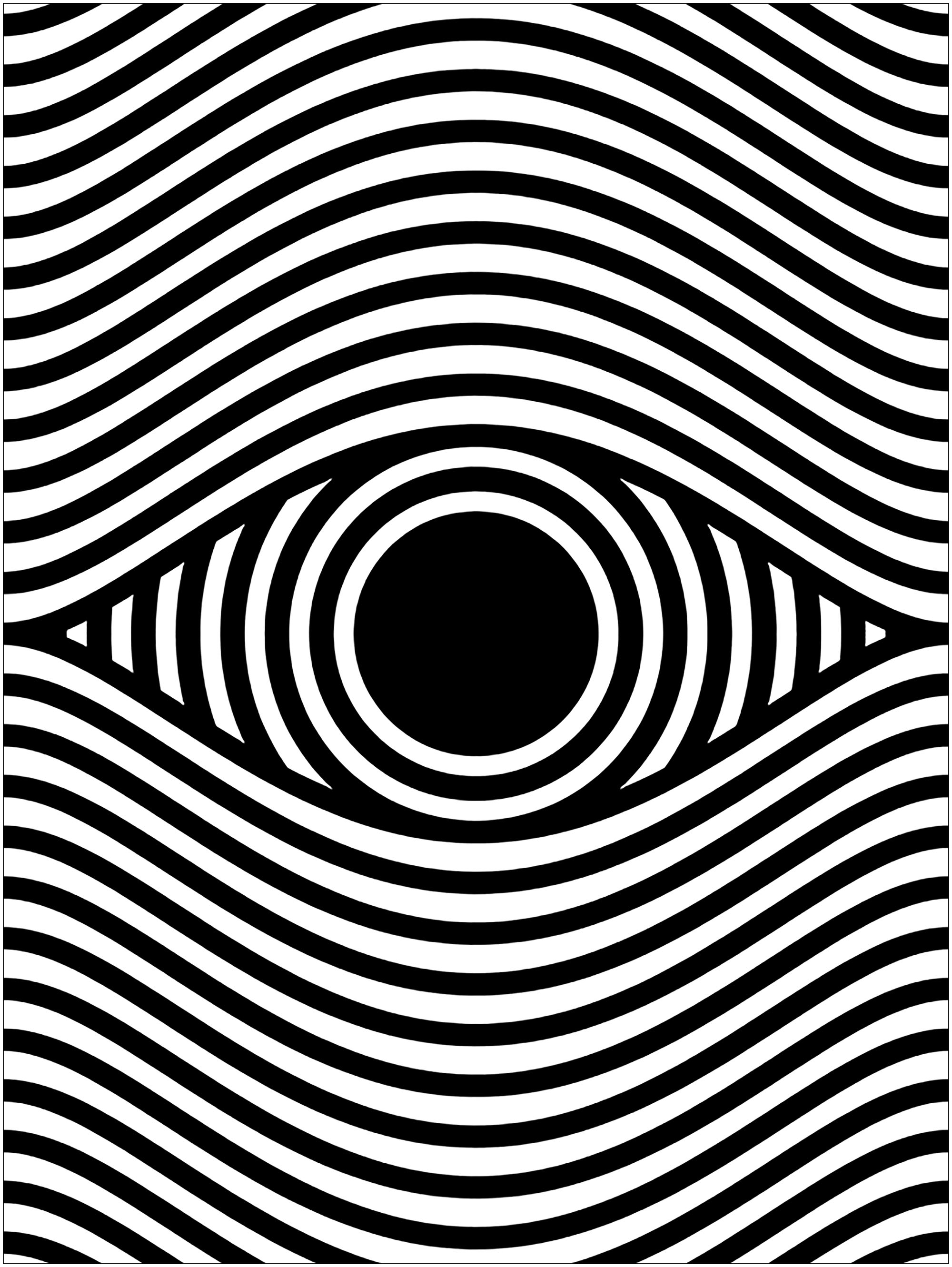Wine Tasting
Do you eat throughout a wine tasting?
During a wine tasting, the query of whether or not to eat can vary depending on the type of tasting and personal preferences. Here are some issues:
Reasons to Consider Eating
- Palate Cleansing: Having food may help cleanse your palate between tastings, allowing you to higher respect the distinct flavors in each wine.
- Balancing Alcohol: Consuming meals may help take up the alcohol, making the expertise extra pleasant and fewer overwhelming.
- Enhancing Flavors: Certain meals can complement and enhance the flavors of the wines being tasted, leading to a more engaging experience.
Types of Foods to Pair
- Cheese: A classic pairing that can bring out the nuances in pink and white wines.
- Charcuterie: Meats can add depth and complexity to your tasting expertise.
- Fresh Fruits: Fruits like grapes, apples, or berries can serve as a refreshing palate cleanser.
In summary, whereas it’s not necessary to eat throughout a wine tasting, it could improve the general expertise. Whether you choose to snack flippantly or enjoy a full meal, the key is to find what works finest for you.
What are the processing steps of wine?
The processing steps of wine contain several key phases that remodel grapes into the final product. Here is an summary of these steps:
1. Harvesting: Grapes are picked from the winery at their optimum ripeness. This could be done by hand or utilizing mechanical harvesters.
2. Crushing: The harvested grapes are crushed to release their juice. This may be carried out utilizing traditional methods or modern equipment.
3. Fermentation: The juice is transferred to fermentation vessels, the place yeast is added. This yeast converts the sugars in the grape juice into alcohol and carbon dioxide. Fermentation can last from a couple of days to several weeks.
4. Clarification: After fermentation, the wine is clarified to take away any solids and sediment. This can be achieved by way of pure settling, filtration, or centrifugation.
5. Aging: The clarified wine is aged in varied containers, similar to stainless-steel tanks or oak barrels. Aging allows the wine to develop extra complicated flavors and aromas over time.
6. Bottling: Once the desired traits are achieved, the wine is bottled. This course of usually consists of additional filtration and the addition of sulfur dioxide to protect the wine’s high quality.
7. Labeling: Finally, bottles are labeled, providing essential information about the wine, including the sort, origin, and classic.
Each step within the processing of wine plays a vital position in shaping the final product, contributing to its distinctive taste, aroma, and overall character.
What are the steps of wine tasting?
Wine tasting is a sensory experience that includes a number of steps to totally recognize the wine’s traits. Here are the key steps to observe:
1. Observe
Start by inspecting the wine’s appearance. Hold the glass towards a white background to watch its shade and clarity. Look for particulars similar to:
- Color: Note the hue, depth, and any variations.
- Clarity: Check if it is clear or has sediments.
2. Swirl
Gently swirl the wine in your glass. This action releases the wine’s aromas. Swirling will increase the surface space and helps to oxygenate the wine.
3. Smell
Bring the glass to your nose and take a deep inhale. Identify the varied aromas you could detect. You could discover:
- Fruity scents: Such as berries, citrus, or stone fruits.
- Floral notes: Like rose or jasmine.
- Earthy undertones: Such as minerality or spices.
4. Taste
Take a small sip and let it roll over your palate. Consider the following attributes:
- Sweetness: Is the wine dry, off-dry, or sweet?
- Acidity: Does it have a refreshing tartness?
- Tannins: Are they delicate or astringent?
- Body: Is the wine light, 압구정오피 medium, or full-bodied?
5. Finish
Observe the aftertaste after swallowing the wine. Consider how lengthy the flavors linger and whether they are pleasant. A long, expressive finish is usually an indication of a high-quality wine.

6. Reflect
Finally, take a moment to replicate on your general expertise. Consider how the wine’s appearance, aroma, style, and finish mix to create your impression. You may need to jot down your ideas or scores for future reference.
Following these steps will enhance your wine tasting experience and deepen your appreciation for different wines.

 by igzstar638328
by igzstar638328
Leave a Reply